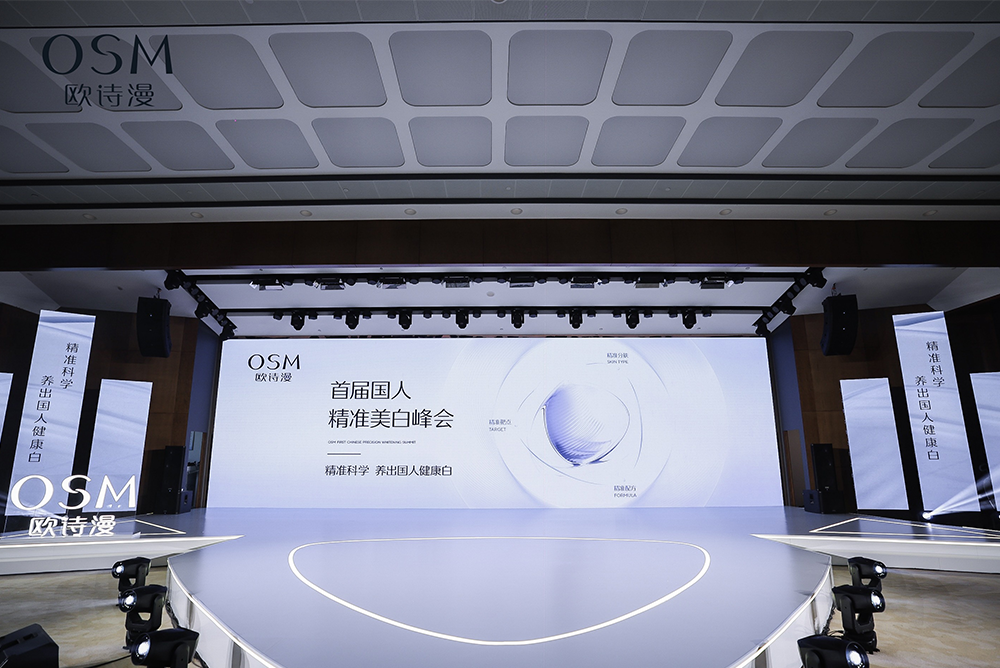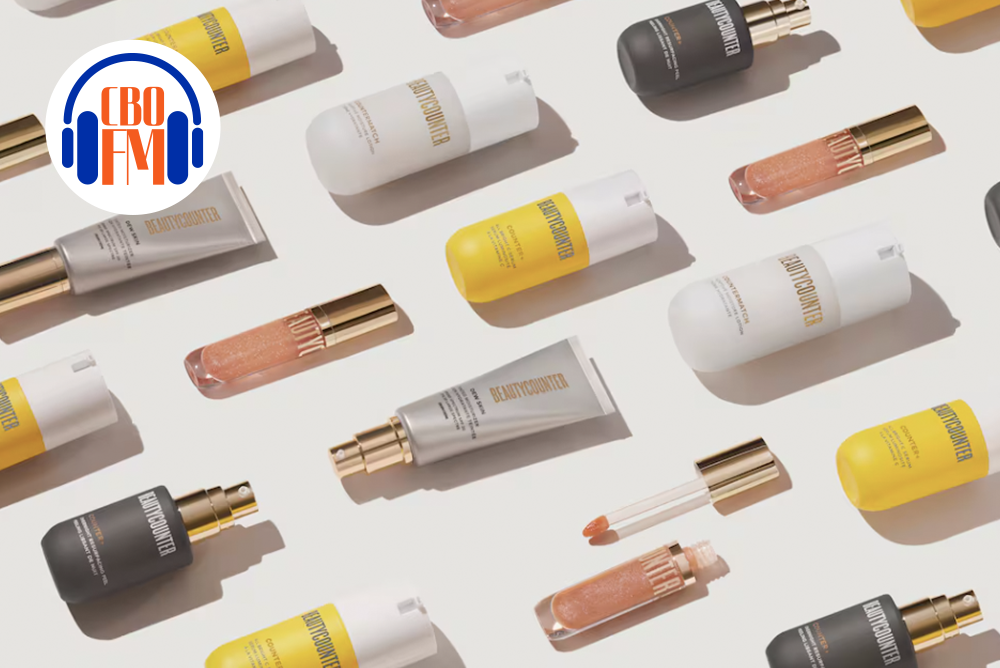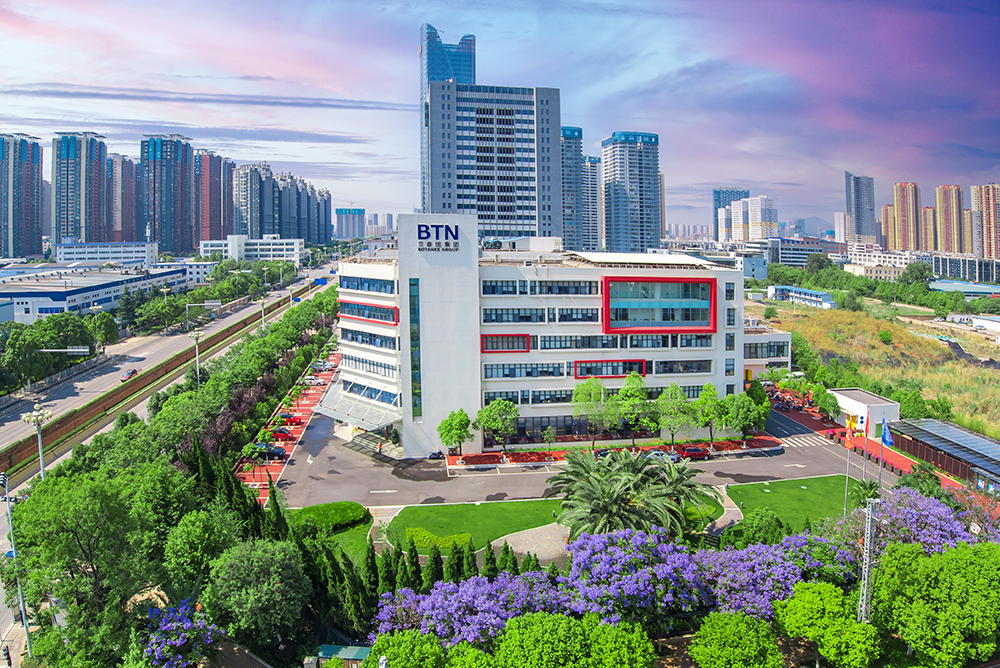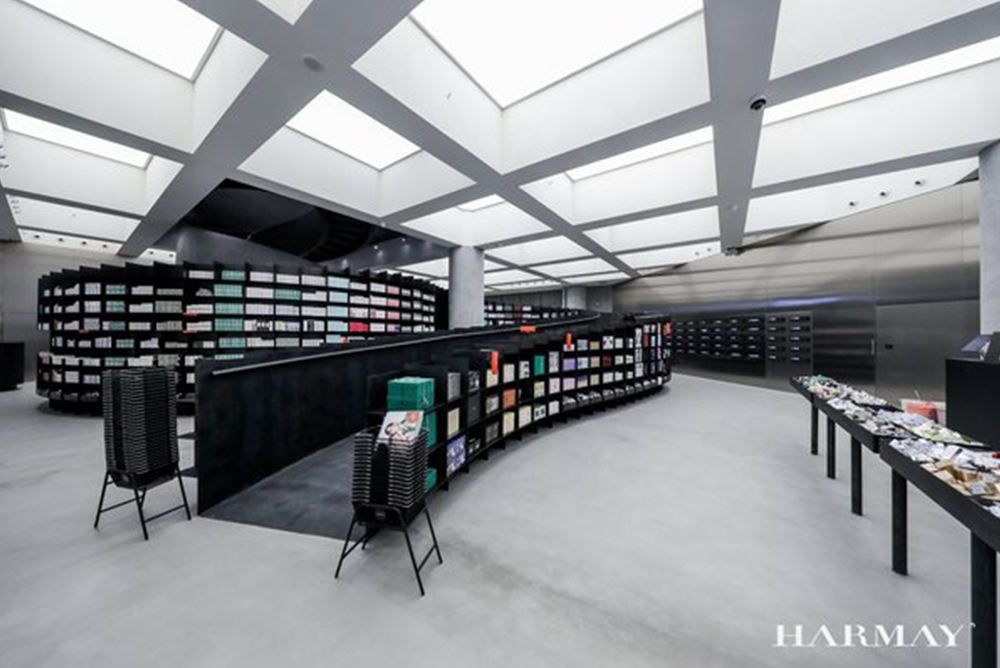- 2021-11-04
- 阅读量:2974
- 来源| Cosmetic Business Onlin
- 作者|Zhang Zhao
The surging prices of raw materials put much pressure on "middleman" manufacturers of the cosmetics industry. They are neither able to bargain with upstream parties nor increase prices in the transactions with downstream parties. With such inability, many manufacturers can only give up their own profits to ensure normal production.
Cosmetics manufacturers are having a hard time these days.
After the October 1st National Day holiday, the reporter constantly found industry insiders' complaints in their WeChat Moments about "unreasonable" raw materials price rises. A person in charge of one brand said: "Cosmetic raw materials prices are rising at 50-300%. The rise is still ongoing. Moreover, it is not easy to purchase the raw materials."
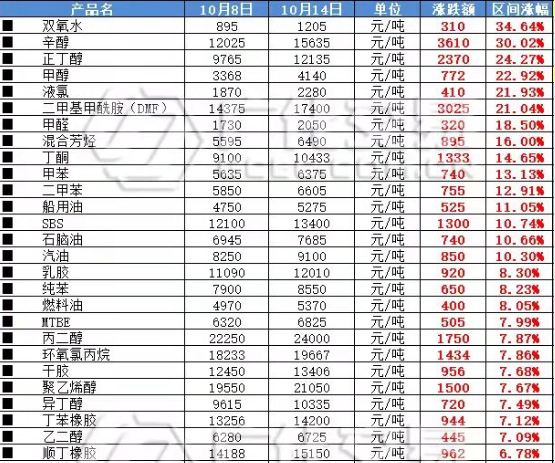
△Photo from the Guangzhou Chemical Exchange Center
In fact, before the October 1st National Day holiday, BASF, Dow, DuPont and other major manufacturers released letters of price rises in advance, which would take effect after the end of the holiday. Price rise information covers polyether amine, polyurethane, plasticization, BDO, titanium dioxide and other industrial chains, involving PA6, PA66, PBT, PMMA, PC, titanium dioxide, MDI and other products, with the rise range of RMB500-6,500 per ton.
BASF announced on October 5 that it would raise the prices of all thermoplastic polyurethane elastomers (TPUs) in North America by USD $0.55 per pound or about RMB7,810 per ton to nearly RMB8,000, effective as of October 15.
The reporter learned from some enterprises' purchasing departments that some raw materials manufacturers only had sporadic inventories. Especially, some bulk raw materials were more popular, so even after the several releases of the letter of price rises, they were still in high demand and short supply. Since the outbreak of COVID-19, the prices of various raw materials involved in the production of cosmetics had been increasing within an acceptable range, but after the National Day holiday, the growth rates were too fast for many enterprises to bear, a person in charge of an OEM told CBO.
01
Quotations are given every three days
OEMs could not satisfy both upstream and downstream parties
Small and medium-sized enterprises " afraid to accept orders"
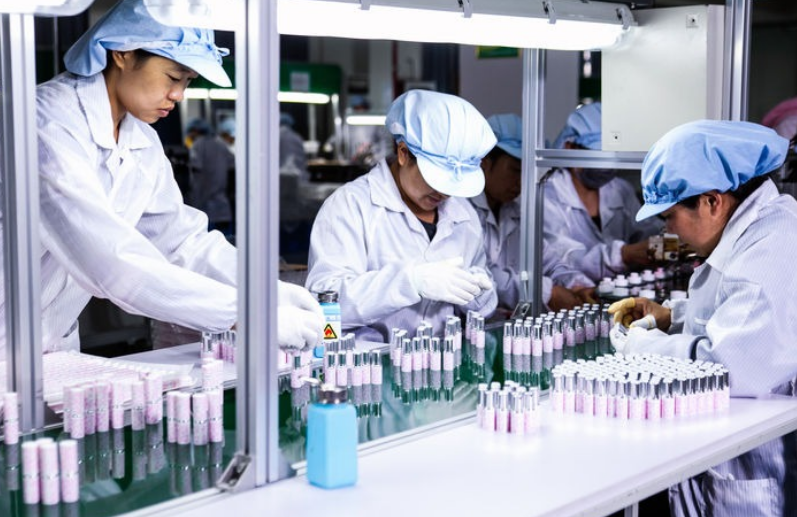
Since September of this year ,"power rationing" began in several provinces. In this context, manufacturers are bound to increase production In the short term. After the National Day holiday, two major chemical industry provinces, Shandong and Guangdong, launched a new round of power brownouts including "power supply for four days and power cut for three days" and "power supply for two days and power cut for five days”. The market inventories were further reduced. Guangzhou, as a province with the most cosmetics manufacturers, was affected unprecedentedly.
The reporter noted that in the past month, up to 56 types of raw materials had rising prices, with liquid caustic soda hitting the highest rise of 143.63%, followed by caustic soda whose price rise was 109.48%. Caustic soda, commonly known as sodium hydroxide, is mostly used in cosmetics for two purposes. First, it is used as a strong alkali base to react with fatty acids to form a soap base, which is mostly found in cleaning products. Second, as a PH regulator, it appears in the products to regulate the PH level of the products.
The person in charge of an OEM Guangzhou Opseve Cosmetics Co., Ltd. told CBO that the current prices of raw materials fluctuated a lot. The prices given by the upstream parties could only be effective for three days at most. Three days later, another price would be offered. Some individual raw materials were even quoted every day. Many materials were "unavailable" or in "serious shortage," which affected not only the production schedule but also cooperative orders.
"The price of a hair care oil that Opseve recently worked on rises because the prices of raw materials have doubled. Some customers cannot accept it and directly cancel the orders, and some have demand but are unwilling to accept the price rise. We have orders but are afraid to accept them. What a dilemma!" The above-mentioned person said that OEMs sandwiched between manufacturers and customers were under considerable pressure.
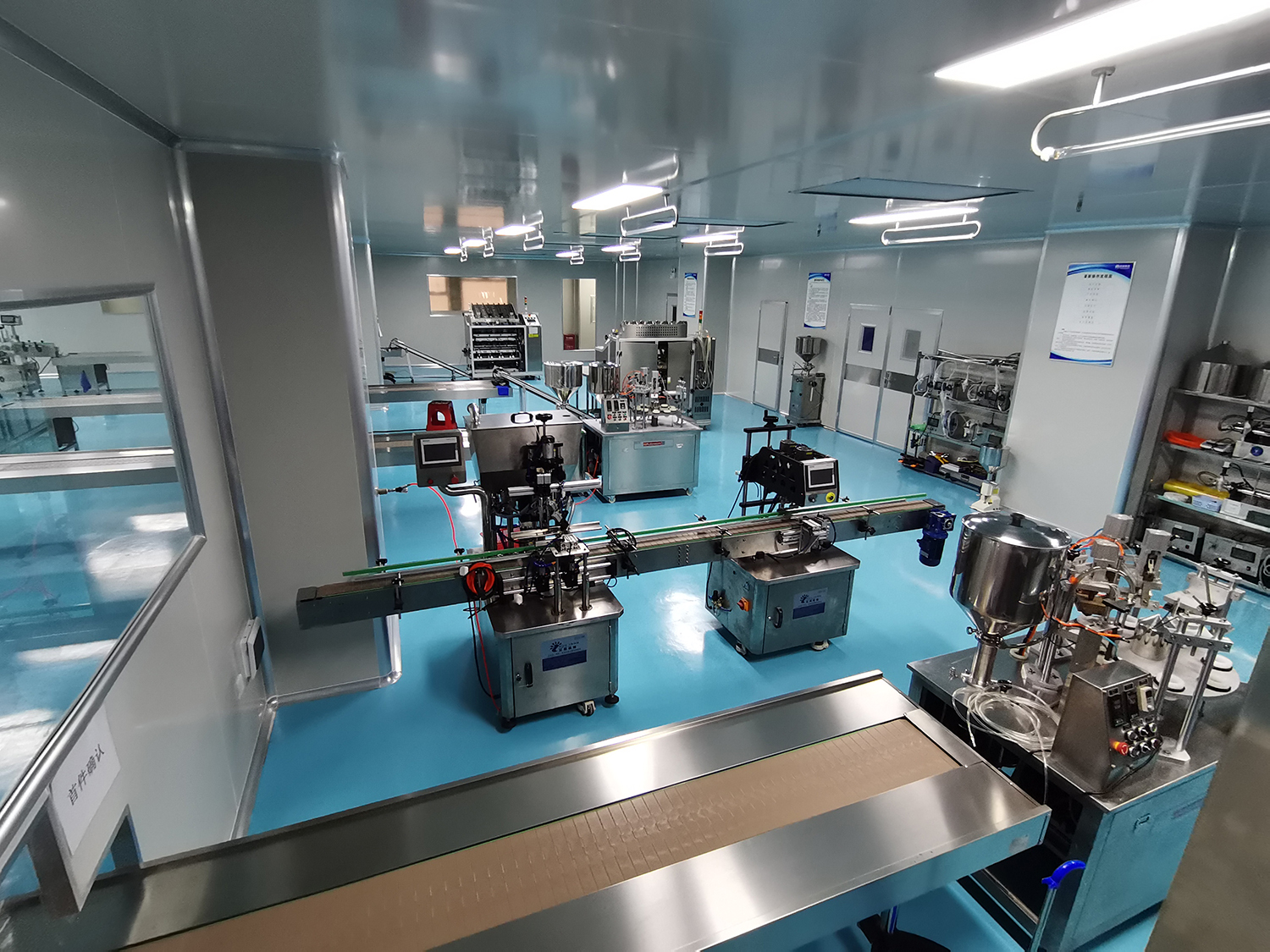
According to Zeng Xiaojing, General Manager of Guangzhou Youju Group, the price rises of bulk raw materials were mainly attributable to the impact of the international pandemic situation. Customs' import control became tight. Some bulk raw materials were imported into China in small amounts, and the purchase cycle became longer. "The price of propylene glycol has doubled. Many raw materials suppliers have already quoted more than RMB30,000 per ton for propylene glycol and 'breaking RMB40,000 doesn't seem far away."
He was worried that once prices rose, raw material suppliers would have a say in the materials pricing. It would be difficult for the prices to fall. He further said that the supply of non-bulk raw materials is relatively stable, so Youju Group does not plan to stock a large amount of materials for the time being. If there is no downward trend in prices, it is bound to have more inventories to avoid risks.
CBO reporter found out that currently some manufacturers are "optimizing inventory structure" while the small and medium-sized enterprises with limited capital scale and weak ability to lock raw materials prices are “afraid to accept orders."
02
Will OEMs and brands follow the price rises?
They are sitting on the fence
Under the "three mountains" of the pandemic, rising raw materials prices and power rationing, "breathless" small businesses have been eliminated. Most enterprises need to adjust the production status. The cosmetics supply chain ecology has been affected to some extent. However, due to the differences in price rises, price setting and settlement models of raw materials, the impact of raw materials required by different types of products on the price rises also varies.
Facing the continued rising raw materials prices, Guangzhou Liji Packaging Technology Co., Ltd. has not raised prices for customers, which means that the company will reduce its own profits to maintain the interests of customers.
"It's not a long-term solution, though. After all, every enterprise has to survive." Li Daoyang, General Manager of the company, said he would consider arranging a price rise in December, which would not be less than 10%, based on the actual situation in the next two months.
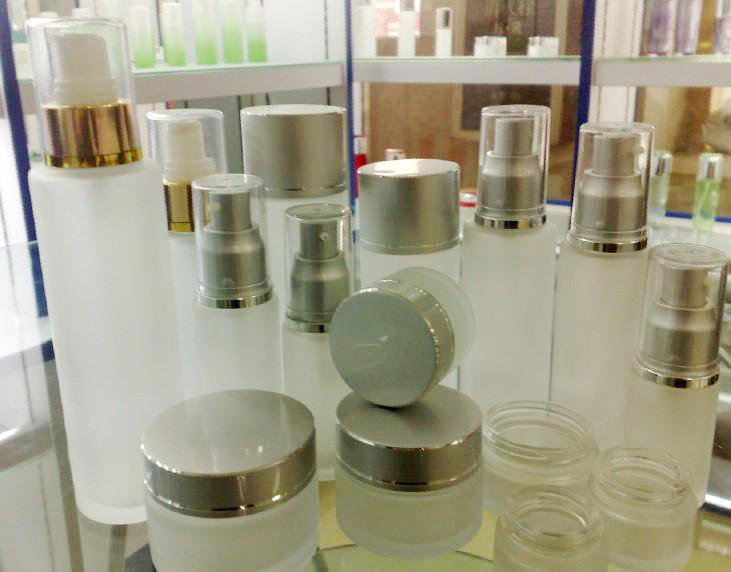
“Currently the impact on us is mainly due to delayed delivery. Due to the impact of power rationing, many suppliers arrange production late in the evening, with unstable quality and a shortage of workers. It seems that both upstream suppliers and downstream brand clients, after various pricing rises have been competing and trying to find out each other’s bottom line. For the manufacturers who cannot raise price on their clients, if they continue to sacrifice their own profits, they might face the risk of closing down,” said Li Daoyang.
Some voices believe that with the soaring prices of raw materials, prices of beauty products will also rise accordingly, and thus such products will say goodbye to low prices. In this regard, Zhang Shenjun, president of Shifei International, did not think so, "Currently, apart from international brands, which domestic products have rash price rises? From the perspective of consumer psychology, if a product does not have a huge leap in quality, it is difficult for consumers to accept a price rise. They would rather choose a substitute product. After all there are so many options."
In the case of increased production costs, will the brands increase the prices accordingly? Person in charge of skin care brand Zhenlisi Cosmetics Co., Ltd. Liu LiKuan expressed that “as a brand, the first consideration will be the market situation. If a product can continue to stabilize its growth in the market, the brand will not consider a price rise. If the market so weak to see low-price dumping everywhere, will any brand dare increase the price? It is a dilemma."
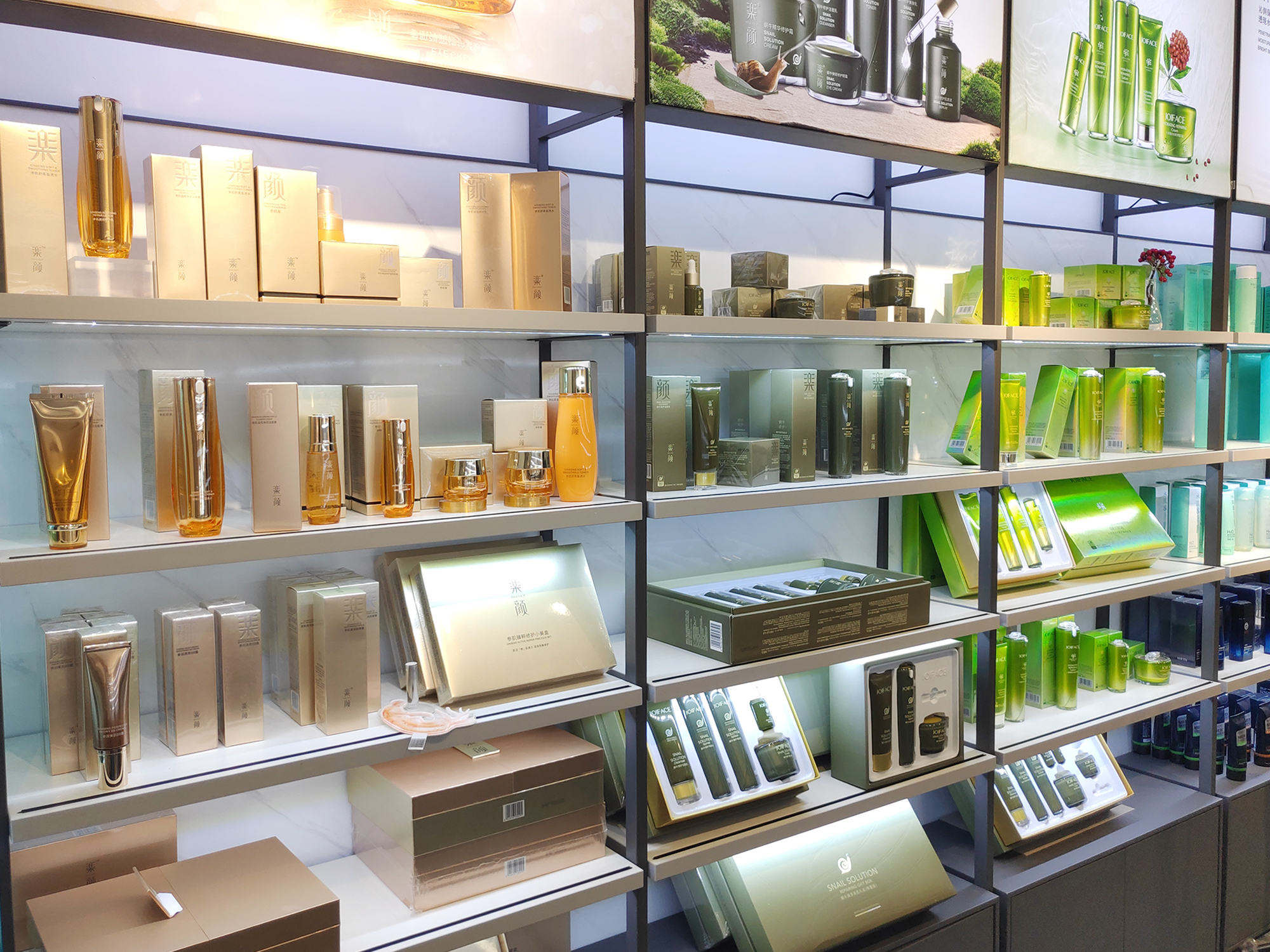
"On the whole there will be no products price rises currently, but if the costs are really unacceptable afterwards prices will change with the changes in the market environment. At present, the brands shall ensure that the products are still produced and sold in compliance with regulations amidst increasingly rising costs. Their response strategy is to do a good job in services to reduce the impact of price rises. They shall further negotiate with upstream raw materials suppliers on cost sharing and so on according to market conditions," Liu Likuan said.
Meanwhile, the above mentioned brand hopes that some large domestic raw materials manufacturers could increase investment in research and development and accelerate innovation and the output of alternatives, to provide the brands with more affordable options, and then the brands will also accelerate the application and reserves of domestic raw material.


